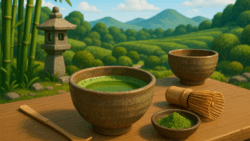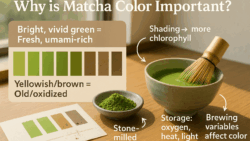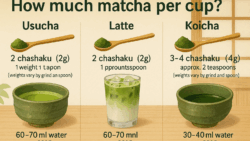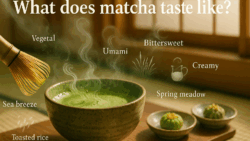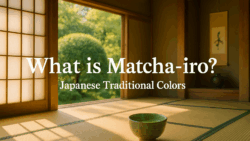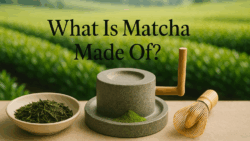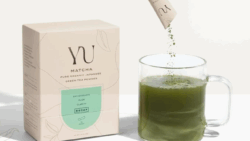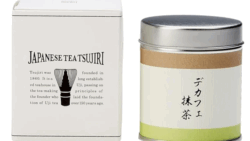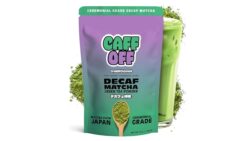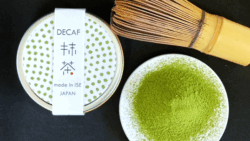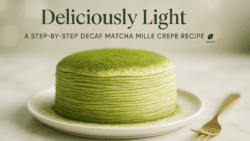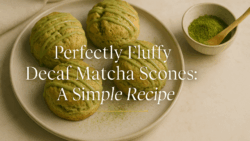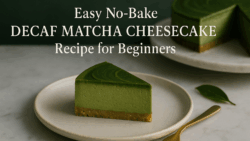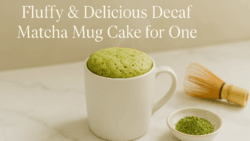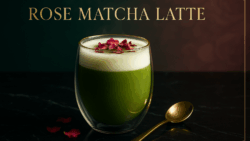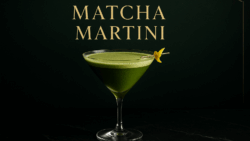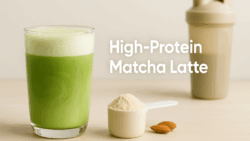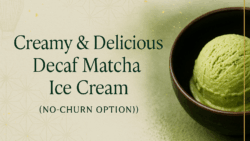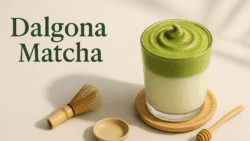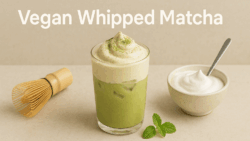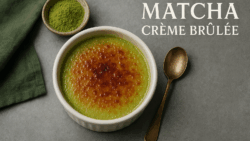A Brief History: Matcha's Journey to Japan
The story of matcha actually starts in China. During the Tang Dynasty, people would steam tea leaves and press them into bricks to make them easy to carry. To drink the tea, they would roast and grind the leaves, then whisk the powder with hot water. This method was later perfected in the Song Dynasty. In the 12th century, a Zen monk named Myoan Eisai brought this powdered tea to Japan. While the practice faded in China, it thrived in Japan and became deeply connected to Zen Buddhism. Japanese monks refined how the tea was grown and prepared, creating the matcha we know today. Over time, it grew from a drink for monks into the beautiful art of the Japanese tea ceremony, known as "chanoyu."
How Is Matcha Made? From Leaf to Powder
Making high-quality matcha is a true art that takes a lot of care. It all starts in the tea fields a few weeks before harvest. The tea plants are covered with special cloths to block out the sun. This shading makes the plants produce more chlorophyll, which gives the leaves their stunning green color. It also boosts an amino acid called L-theanine, which is responsible for matcha’s famous savory "umami" flavor. After being picked, the leaves are quickly steamed to stop them from turning brown and to lock in their nutrients. Then, they’re carefully dried. Next, all the stems and veins are removed, leaving only the purest part of the leaf, called "tencha." Finally, the tencha is slowly ground into a super-fine powder with stone mills. This grinding process is very slow to prevent heat from ruining the delicate flavor.
Matcha vs. Regular Green Tea: What's the Difference?
While matcha and regular green tea come from the same plant (Camellia sinensis), they are very different. The first big difference is how they’re grown. Matcha plants are shade-grown for about three to four weeks before harvest, while regular green tea grows in direct sunlight. This shading technique is what gives matcha its high levels of chlorophyll and L-theanine. The other key difference is how they're prepared. For regular green tea, you steep dried leaves in hot water and then throw them out. With matcha, you're whisking the powdered whole leaf into water and drinking it all. This means you get a much stronger dose of the nutrients, antioxidants, and caffeine from the tea leaf. It’s a whole different experience in both flavor and health benefits!
The Amazing Health Benefits of Matcha
Matcha is often called a superfood, and for good reason! Because you consume the entire leaf, you get a powerful burst of nutrients. It's packed with antioxidants, especially a type called EGCG (epigallocatechin gallate), which helps protect your body's cells from damage. A truly unique benefit of matcha comes from its blend of caffeine and L-theanine. L-theanine is an amino acid that helps you feel relaxed and calm without feeling tired. When combined with caffeine, it creates a feeling of "calm alertness." That means you get a smooth, steady energy boost without the jitters you can get from coffee, making it perfect for focus. Matcha is also full of chlorophyll, which is known to help detoxify the body. Plus, some studies suggest that the nutrients in matcha can help speed up your metabolism.
Ceremonial vs. Culinary Grade: Which One Is for You?
When you shop for matcha, you’ll see two main types: ceremonial and culinary. Knowing the difference will help you get the best experience. Ceremonial Grade is the highest quality you can buy. It's made from the youngest tea leaves, picked from the top of the plant during the first harvest. These leaves have a delicate, naturally sweet flavor and a silky texture. This is the matcha you'll want to enjoy on its own, whisked with hot water just like in a traditional tea ceremony. Culinary Grade, on the other hand, is made for mixing into other things. It comes from leaves harvested later in the season and has a stronger, bolder flavor that works perfectly in lattes, smoothies, and baked goods. It’s a bit more bitter than ceremonial grade but is also more affordable, making it great for everyday recipes.
How to Prepare Traditional Matcha: A Step-by-Step Guide
Making a traditional bowl of matcha is a calming and rewarding ritual. Here’s how to do it: First, heat your water to around 175°F or 80°C. Be careful not to use boiling water, as it can burn the matcha and make it taste bitter. Next, use a bamboo scoop (chashaku) to measure one or two scoops of matcha into a fine-mesh sieve. Sifting the matcha into your bowl (chawan) is the secret to getting a smooth, lump-free drink. Pour just a little hot water over the powder and use your bamboo whisk (chasen) to mix it into a smooth paste. Once the paste is ready, add the rest of the hot water. Now for the fun part! Hold the bowl steady and whisk fast in a "W" or "M" pattern until a layer of delicate foam appears on top. Take a moment to enjoy the aroma, then sip and enjoy.
The Best Tools for a Perfect Bowl of Matcha
To get the full traditional matcha experience, a few special tools are key. The most important is the bamboo whisk, or chasen. Its fine prongs are perfectly designed to create a light, creamy foam that a fork just can’t replicate. A proper tea bowl, or chawan, is also helpful. Its wide, flat bottom gives you plenty of room to whisk properly. A traditional bamboo scoop, the chashaku, helps you measure the perfect serving of matcha powder. Finally, a small sifter is a must-have for preventing clumps. While you don't need these to start, using them turns making matcha from a simple task into a relaxing ritual.
Modern Twists: How to Make a Delicious Matcha Latte
The matcha latte is a modern favorite and a great way to enjoy matcha in a creamy, comforting drink. It’s also super easy to make at home! Start by making a matcha "shot." Sift one to two teaspoons of culinary grade matcha into a bowl, add a small amount of hot water, and whisk into a smooth paste. Then, add a little more hot water and whisk again until it's smooth. Next, heat up your favorite milk—almond, oat, soy, or dairy milk all work great! If you have a milk frother, use it to create some nice foam. Finally, pour the warm, frothy milk over your matcha shot. If you like it sweet, add a bit of honey or maple syrup. Stir it all together and enjoy your homemade latte, either hot or over ice!
Exploring the Rich and Complex Flavor of Matcha
The taste of high-quality matcha is unlike anything else. It’s a treat for all your senses! The first thing you'll notice is its fresh, grassy smell, like a spring morning. When you take a sip, you'll taste "umami"—a Japanese word for a pleasant savory flavor, like you’d find in mushrooms or broth. This umami taste comes from the high L-theanine levels created during the shade-growing process. Along with the umami, there's a natural, gentle sweetness that balances everything out. A great matcha will have just a hint of pleasant bitterness at the end to add some complexity. The texture should feel smooth and creamy, never gritty. It’s a rich, full-bodied, and deeply satisfying drink that leaves a lovely, sweet aftertaste.
 learn
learn 
